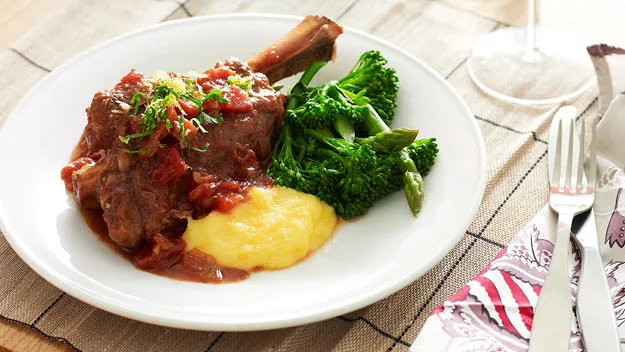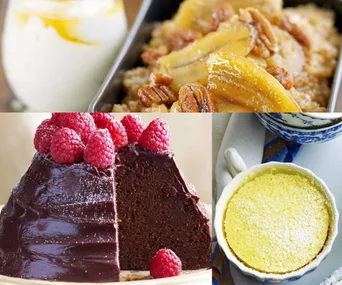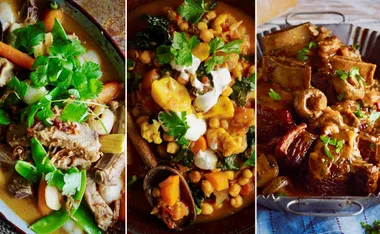Once you discover the joys of slow cooking, there really is no turning back.
Especially during winter, it makes preparing dinner so much easier – you just whack in your ingredients, set and forget.
But if you have a few tips and tricks up your sleeve, it can make using a slow cooker just that little bit easier.
And you can ensure you get the most out of your device.
Keep on scrolling for our top tips from The Australian Women’s Weekly’s official Test Kitchen.
READ NEXT: Here are 10 of our favourite slow cooker recipes
What setting should I use on my slow cooker?
The longer meat takes to cook, the more tender it will be, so if you have the time, set your cooker to the low setting.
If you’re pressed for time, the high setting will halve the cooking time.
What cuts of meat should I use in my slow cooker?
Long, slow cooking will tenderise the tough cuts of meat.
Stewing cuts are the best choices and are usually more reasonably priced.
Beef: topside, oyster, blade, skirt, round, chuck, gravy beef.
Veal: osso buco, shanks, shoulder. Lamb: neck chops, boneless shoulder, shanks, boneless forequarter.
Pork: forequarter chops, neck, belly, shoulder.
Chicken: any pieces on the bone, such as drumsticks, thighs or marylands.
Seafood is generally not suitable for slow cooking as it toughens quickly. Large octopus will become tender in a slow cooker.
Should I brown the meat first?
As straightforward as most slow-cooking recipes are, it is best not to just throw all your ingredients in.
Browning the meat first enhances the flavour and colour.
Some slow cookers have a sauté mode which can be used to brown meat – do this in batches as you would in a frying pan.
It’s important to maintain the heat while browning – if the pan is not hot enough the meat will stew rather than brown.
WATCH BELOW: How to brown meat. Story continues after video.
How can I thicken my sauce?
Coating the meat in flour before browning will result in a light coating sauce.
If the recipe does not suggest coating the meat and it requires thickening at the end of cooking, stir a little plain flour or cornflour with cold water; stir into the cooker.
Put the lid back on and leave the sauce to thicken while the slow cooker is on the highest setting – this will take around 10-20 minutes.
Our top gluten-free tip to thicken the sauce is to blend some of the cooked vegetables until smooth, then stir into the cooker.

Slow cooker lamb shanks. Click here for the recipe.
(Image: The Australian Women’s Weekly)Tips for freezing
Slow-cooked meals that don’t contain large quantities of mushrooms, potatoes or coconut milk will freeze for up to three months.
A note on dried beans
Kidney-shaped beans of all colours and sizes are related to each other and MUST be washed, drained and boiled in fresh water until tender before adding to a slow cooker because of a chemical they contain.
Add the cooked beans to the slow-cooked dish, just like canned beans.
Dried, unsoaked chickpeas and soya beans are fine to use in the slow cooker – just rinse them well first.
There is no need for you to soak them overnight before cooking.
Want more advice on slow cooking? Check out these links below
10 mouth-watering slow cooker recipes


